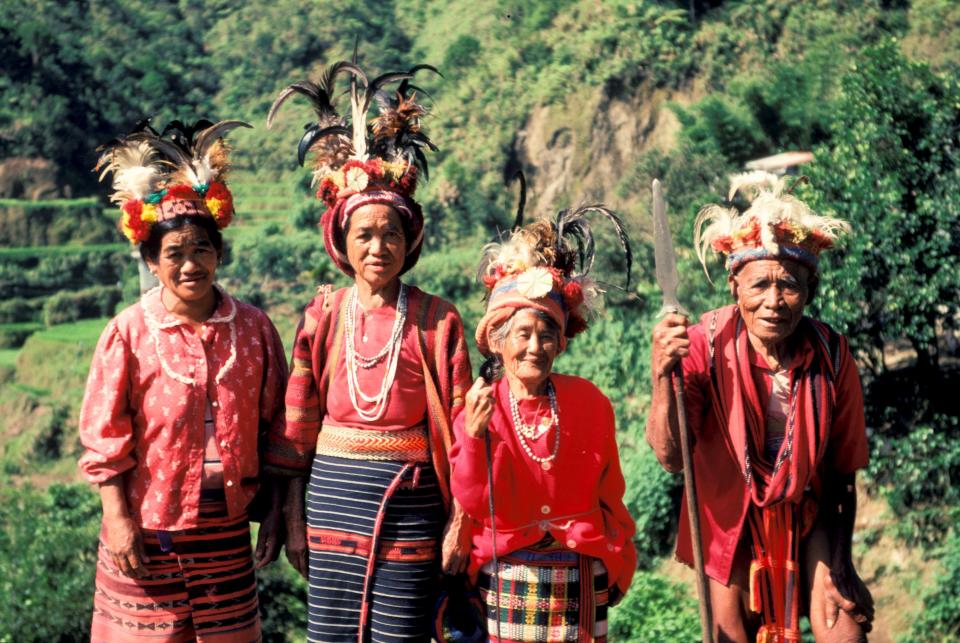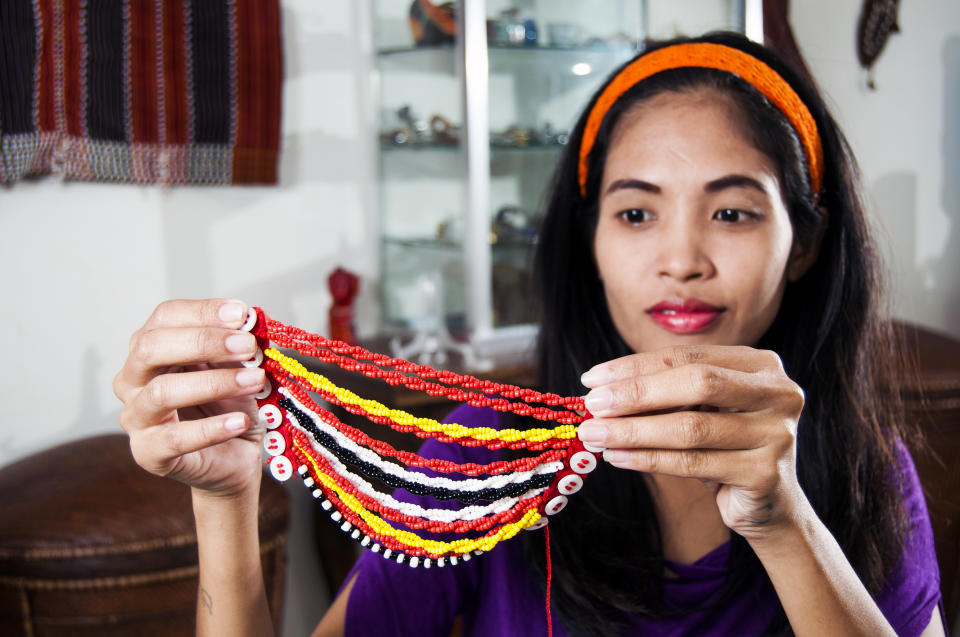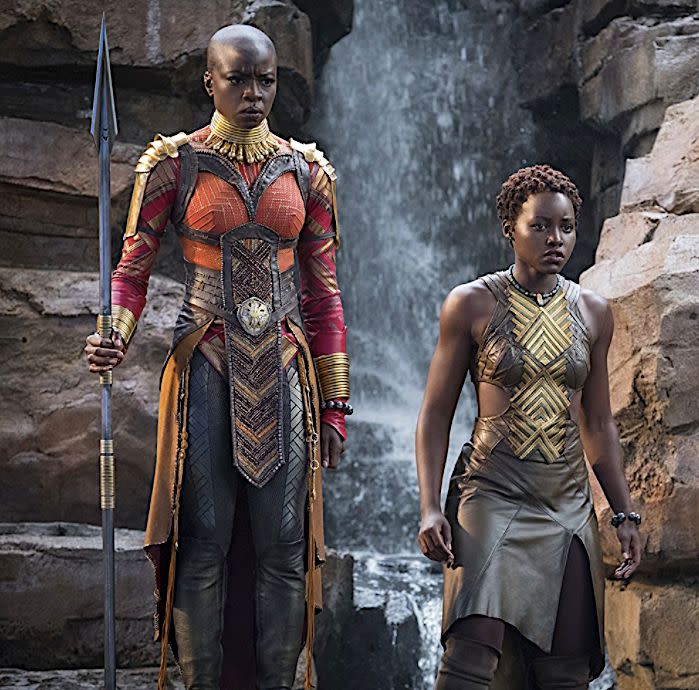Tribal Filipinos Were A Surprising Muse For ‘Black Panther’s’ Dora Milaje
Marvel’srecord-breaking film “Black Panther” offered a stunning look into the fictional future of African style, but it also paid homage to another native style ― one further east.
Anthony Francisco, a senior visual development illustrator for Marvel,told BuzzFeedthat the garb worn by some of the Dora Milaje was partially inspired by Filipino tribal artifacts and other Asian themes.
About80 percent of the costume, however, consisted of African influences, according to Fashionista.com’s interview with the illustrator.
The Dora Milaje is the elite, all-female group of the Wakandan special forces.

The Asian inspiration was just natural for Francisco. He grew up in the Philippines and saw African artifacts mixed in with tribal Filipino decor in his relatives’ homes, he told BuzzFeed. He drew inspirationspecifically from the Ifugao tribe, avillage of people who live at the base of the Cordillera Mountain Range in the north of Luzon island.
The Ifugao people are known for theirancient rice terraces, a UNESCO heritage site built by the ancestors of the tribe in 100 B.C. The American Society of Civil Engineerssuggests they were a sustainable watershed management system that was ahead of its time.
The Ifugao tribe continues to preserve its rich cultural elements, including weaving, beading and traditionalnarrative chants.
Ifugaotranslates in Englishto “people of the Earth,” fitting for the imagery in “Black Panther.”



This tribal inspiration stands out on the uniform of Okoye (played by actress Danai Gurira).
Francisco told BuzzFeed that the strip of beadwork over the Wakandan general’s abdomen was inspired by a table runner at his aunt’s home. The small golden rings hanging from the tassles at the side of her uniform were meant to be good luck charms, drawing from thesuperstitious beliefsthat circulate in the Philippine Islands.

Marvel’s illustration team didn’t just pull from Filipinos, they also were inspired by Japan’s iconic warrior, the samurai.
Francisco said that the Dora Milaje’s shoes were meant to look like the split-toed boots worn by samurai. These boots, known asjika-tabi, are also worn by workers (farmers, construction workers, etc.) and by traditional Taiko drummers.

Speaking to the Fashionista, Francisco said 80 percent of the Dora Milaje uniform was inspired by the Maasai in southern Kenya and northern Tanzania.
The warriors’ arm bands and neck rings were inspired by the women of the South African Ndebele tribe.
The other cultural elements breaks down like this: “Five percent Samurai, five percent ninja, and five percent Ifugao tribe,” he told the fashion blog.
In an Instagrampost, Francisco said that working for Marvel and designing the outfits for the Dora Milaje was “a dream job.”
“I wanted to make an impact in our community and make an iconic, fierce woman warrior in [Okoye] that is also funny and loving and loyal,” Francisco wrote.
A post shared by Anthony Francisco (@anthony_francisco_art)on Jan 17, 2018 at 11:57pm PST
This article originally appeared on HuffPost.

